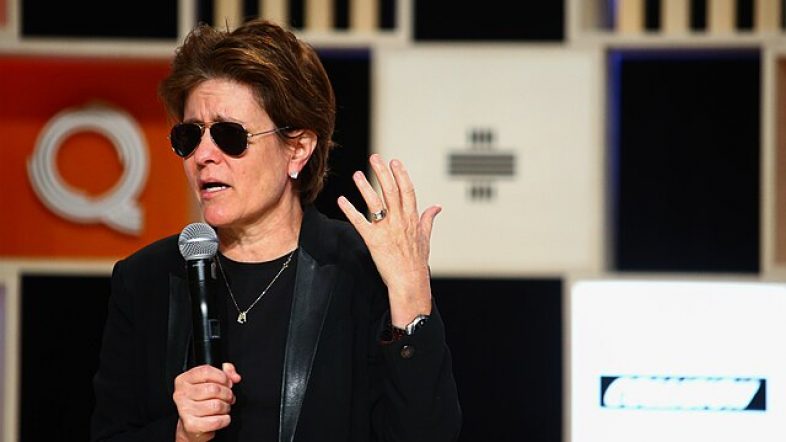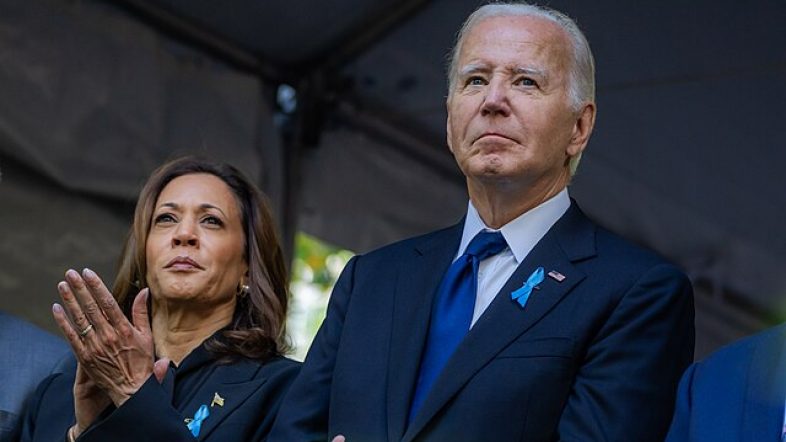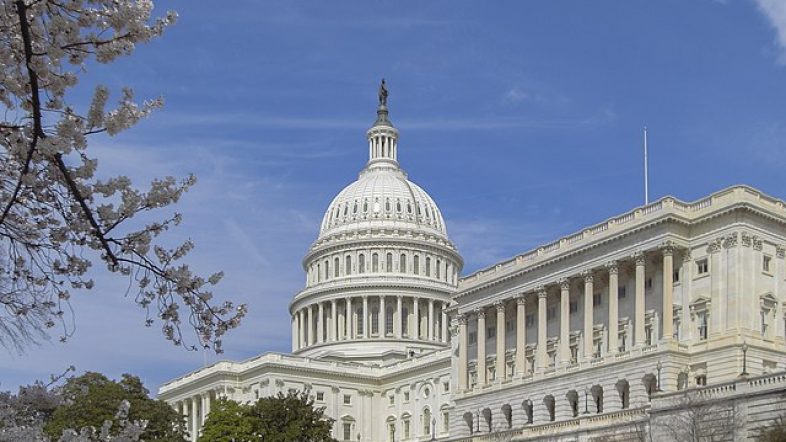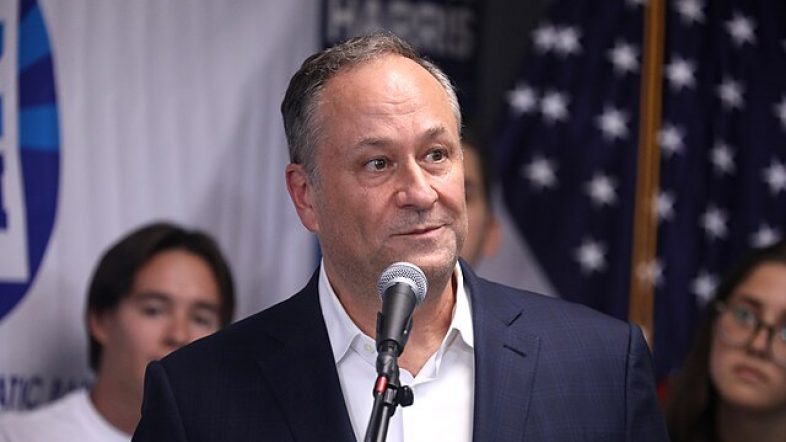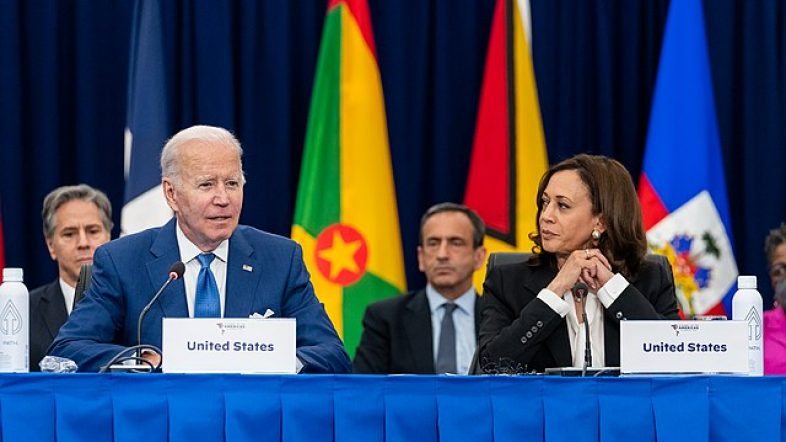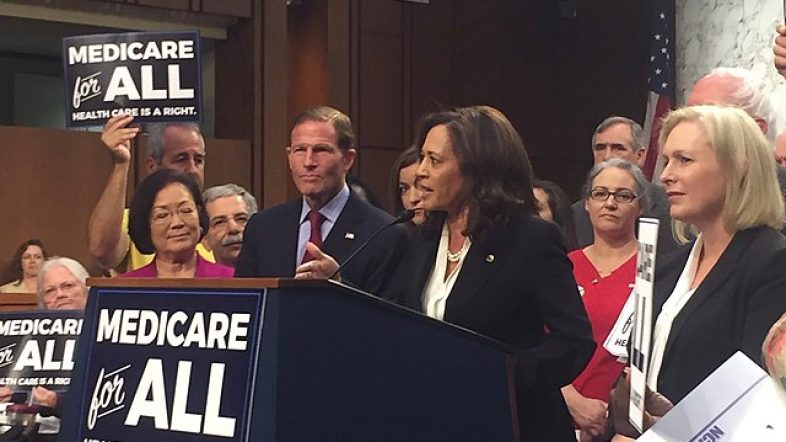President Joe Biden’s latest budget request calls for a significant cash infusion for an office that has promulgated some of the administration’s most aggressive green regulations.
Biden’s fiscal year 2025 budget requests a total of $1.5 billion for the Environmental Protection Agency’s (EPA) Office of Air and Radiation (OAR), a figure that marks a $690 million increase in OAR funding since 2021. The OAR has been the source for three of the administration’s most aggressive proposed environmental regulations with significant implications for American motorists, industry and power generation.
“It is very clear that it’s full steam ahead with the climate agenda at EPA, which is aiming to reshape every industry in the U.S. under Team Biden,” Mandy Gunasekara, a former EPA chief of staff during the Trump administration, told the Daily Caller News Foundation. “This is an insane amount of money. It shows that this administration prioritizes investing in the bureaucracy rather than investing in American businesses,” she continued, adding that OAR is “essentially the tip of the spear when it comes to EPA regulatory action, especially in a Democrat administration.”
The $1.5 billion requested for OAR includes $423 million to boost the agency’s tribal, state and local government partners in executing air quality programs, a jump of $158 million from the current levels, according to the EPA. The funding also includes $100 million for the Diesel Emissions Reduction Act Program, which bankrolls grants and other subsidies designed to cut emissions generated by diesel engines.
EXCLUSIVE
from @jameslynch32
Watchdog Group Sounds Alarm About Top EPA Official’s Ties To Prestigious Legal Centerhttps://t.co/ihZ44FcdSb
— Daily Caller (@DailyCaller) June 5, 2023
The requested funds would also allow for $186 million to be spent on the Federal Vehicle and Fuels Standards Certification Program, which produces analysis and regulations designed to cut emissions from vehicles, according to the EPA. The EPA referred the DCNF to its congressional justification document when asked to provide details about how the OAR funds would be deployed if lawmakers provide all of the money requested.
The OAR played a key role in crafting the EPA’s April 2023 proposal to modify tailpipe emissions standards such that 67% of all light-duty vehicles sold after model year 2032 would be electric vehicles (EVs), according to The Associated Press. The administration has subsequently moved to water down some of the rule’s intermediate targets for EV adoption, but the ultimate outcomes proscribed by the regulation remain largely unchanged, according to The New York Times.
The OAR is also responsible for the administration’s January 2023 decision to tighten the National Ambient Air Quality Standards (NAAQS) for particulate matter, also known as PM2.5, according to the AP. The agency opted to reduce the annual PM2.5 standard by 25%, even though EPA data demonstrates that seasonally-adjusted national average PM2.5 concentration decreased by 42% between 2000 and 2022, while American gross domestic product (GDP) has grown by more than 50% in the same time period.
A group of more than 70 industrial executives and trade association leaders wrote to White House chief of staff Jeff Zients in October 2023 to warn that tightened PM2.5 NAAQS “could put nearly 40% of the U.S. population in areas of nonattainment” and “risk jobs and livelihoods by making it even more difficult to obtain permits for new factories, facilities and infrastructure to power economic growth.” The signatories also warned that more restrictive PM2.5 NAAQS could end up undermining projects spurred by some of Biden’s signature bills, such as the Inflation Reduction Act and the CHIPS Act.
In addition to the tailpipe emissions standards and the NAAQS update for PM2.5, the OAR also played an instrumental role in crafting the administration’s regulatory effort to reshape the American power grid, according to the AP.
The EPA’s initial proposal would have essentially required existing coal-fired power plants to cut their greenhouse gas emissions by 90% by 2040. Further, new and existing natural gas power plants would also have to make significant reductions to their greenhouse gas emissions depending on their size and use by requiring costly and nascent technologies like carbon capture and sequestration (CCS) or blended hydrogen.
Isaac Orr, a policy analyst for the Center for the American Experiment who specializes in energy policy, analyzed the EPA regulation in August 2023, finding that the proposal would most likely lead to severe supply problems and blackouts in the large swath of the country serviced by the Midcontinent Independent System Operator (MISO).
The agency announced on Feb. 29 that it is adjusting the regulation’s structure, ostensibly in an effort to hedge against potential legal challenges, days after the House Oversight and Accountability Committee released internal documents demonstrating that other administration officials had serious concerns about the policy’s feasibility and legality.
Notably, the Senate only confirmed Joseph Goffman to lead the OAR in January, approximately three years after he first started leading the office on a de facto basis and nearly two years after he was formally nominated in March 2022, according to The Hill.














